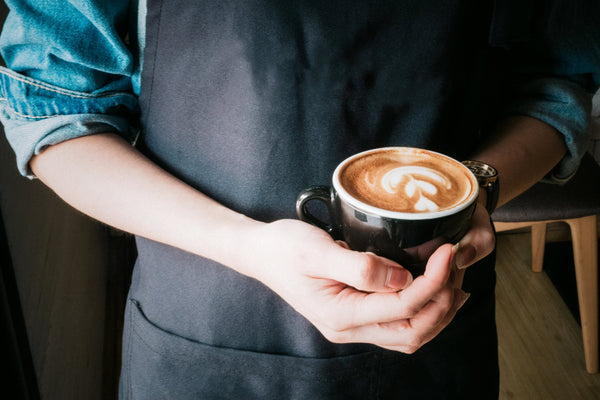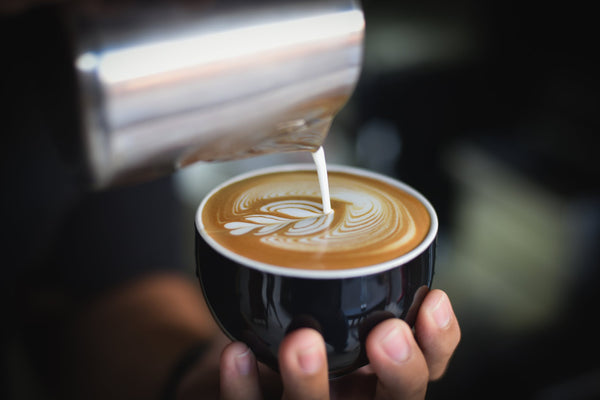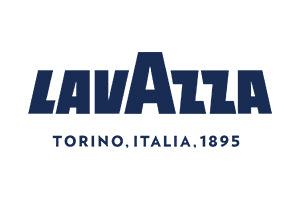The Government is under a huge amount of pressure to reduce the amount of plastic in our oceans – and so they should be. There are 6.3 billion tonnes of plastic waste on Earth and plastic is expected to outweigh fish in just over thirty years.
Blue Planet II, the BBC series presented by the beloved David Attenborough, highlighted the tragic and destructive impact that plastic is having on our marine life warning us that “the oceans are under threat now as never before in human history”. Over the course of the series, whales were killed by toxic levels of plastic-related pollution and the contents of an albatross's stomach revealed that it had been eating plastic bags.
Plastics are designed to last and more often than not, plastic sticks around for longer than we do. For instance, a plastic bottle will pollute our natural environment for 450 years. Given that the average life expectancy in the UK is almost 82 years old, it takes plastic more than five human lifespans to biodegrade.
MPs are calling for drastic actions to be taken to tackle the problem. This includes a 25p tax on every disposable coffee cup sold in the UK. In this country alone, we cast away 2.5bn disposable coffee cups every year. Researchers at Cardiff University concluded that the Latte Levy could cut the number of cups used by up to 300 million each year.
With the UK coffee shop market expanding rapidly, there needs to be sustainable recycling options in place. Currently, disposable coffee cups can be difficult to recycle because they are made of plastic as well as paper to make them waterproof. Styrofoam cups take 50 years to biodegrade.
However, there are other ways that the coffee cup waste problem could be tackled in your coffee shop.
Without further ado, let us introduce you to …
The recyclable, edible, wafer coffee cup called Cupffee …
Eating your cup after drinking a cup of coffee is definitely one way to limit waste. It can be used for both hot and cold drinks and is made from natural grain products, making it nature friendly. And if you don’t fancy eating your cup, you can throw it away and it will decompose in a matter of weeks.
Source: BNR

The recyclable, bunny-eared, paper cup called TrioCup
Designed by an engineering student from Hong Kong who wanted to do something about the coffee cups piling up in the rubbish bins outside his University building in the US, the TrioCup is entirely recyclable and does not need a plastic lid.

Source: BBC News
The recyclable coffee cup that is already being trialled by big name brands
As we mentioned before, coffee cups can be difficult to recycle because they are made from paper and plastic – and separating the two materials can usually only be done in specialist facilities. But Frugalpac manufacture cardboard cups which can be recycled in regular recycling plants. The frugal cup is made from recycled materials with a lightly attached plastic lining which easily detaches during recycling.

Source: East Anglian Daily Times



